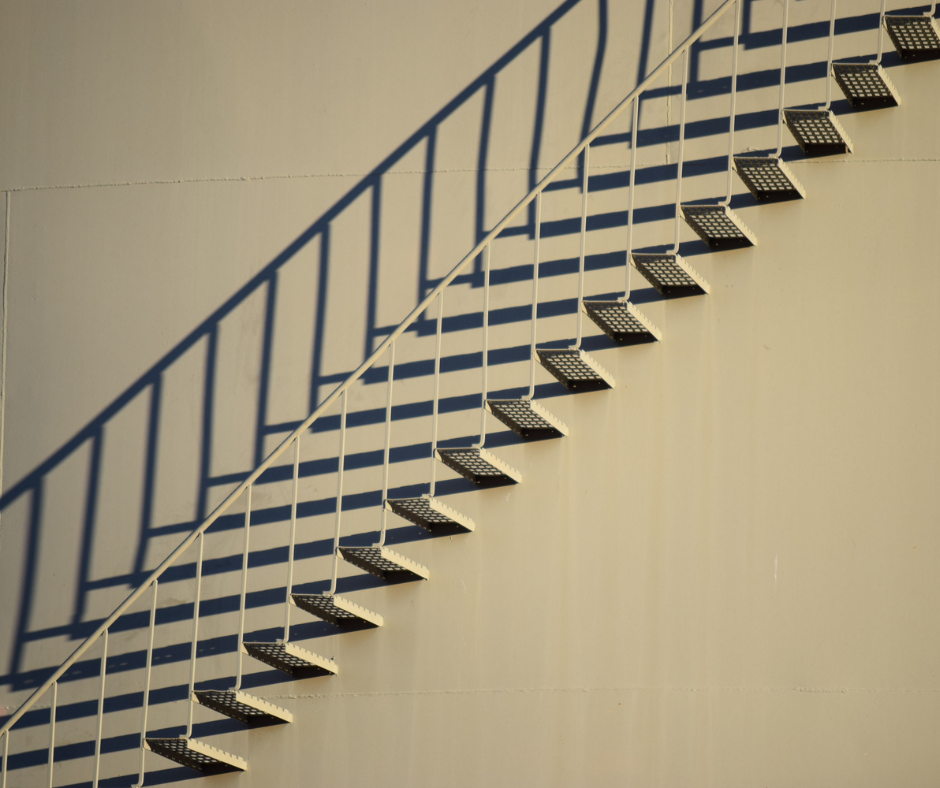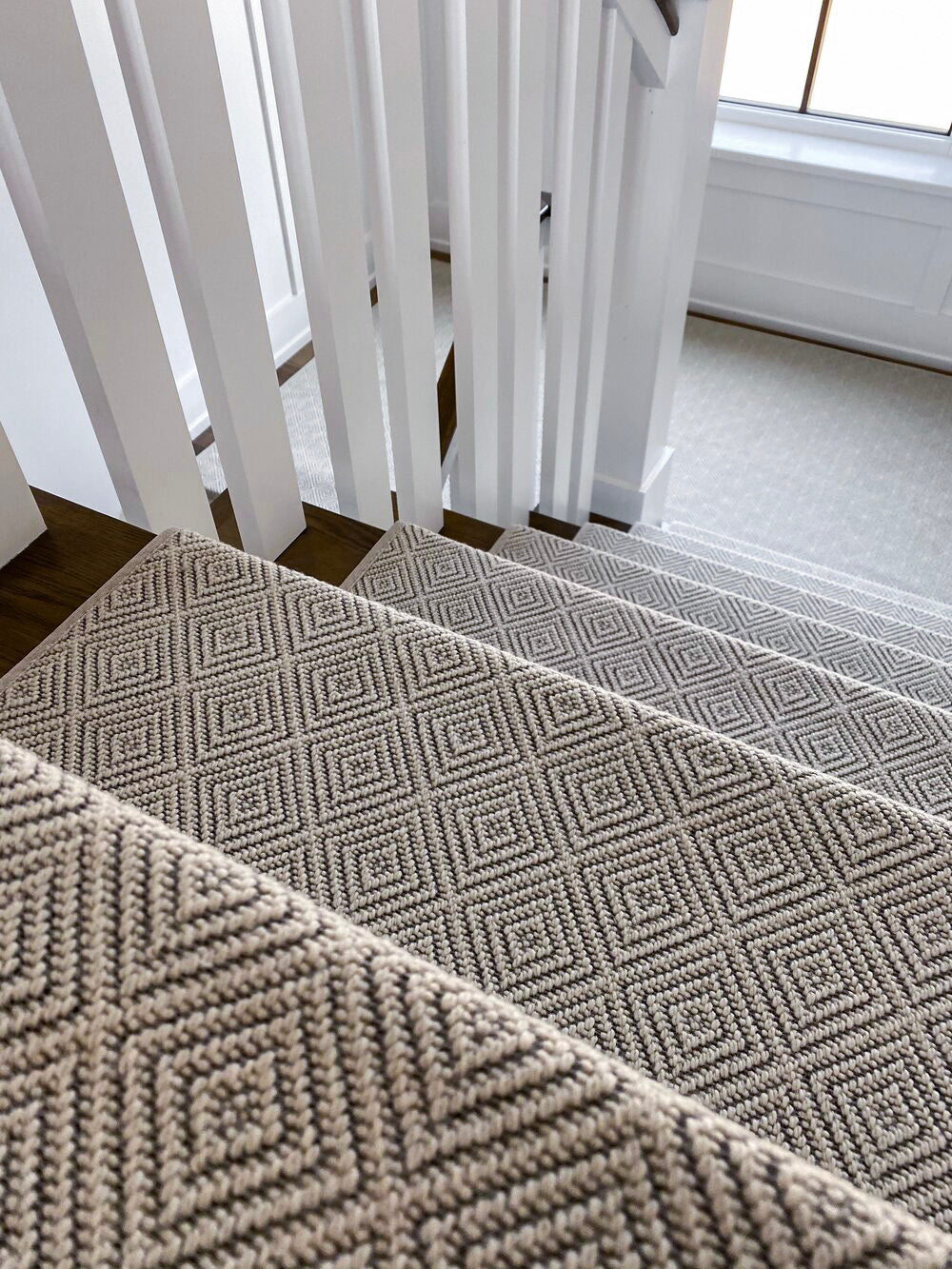Cantilever staircases grab attention the moment you see them, blending modern design with a sense of floating elegance. They make any room feel larger, brighter, and more sophisticated. The details of a cantilever staircase include steps anchored securely on one end into a hidden steel or concrete frame inside the wall, leaving the other end free and open for a clean, minimalist look.
In this guide, you’ll learn how this design works, the safety measures to consider, and how it compares to traditional options like carpet stair treads. You’ll also find tips to help you plan materials, budget, and installation with confidence. Keep reading to discover whether a cantilever staircase is the right choice to bring style and function together in your home.
How a Cantilever Staircase Works
A cantilever staircase relies on strong hidden support. Each tread is attached to a concealed steel frame or reinforced concrete beam inside the wall.
This hidden structure bears the weight of the steps and anyone walking on them. Here are the main components:
-
Structural Support: A steel beam or concrete base holds the treads securely.
-
Tread Material: Steps are crafted from wood, stone, glass, or concrete.
-
Finish: The visible part of each step is smooth and minimalist, hiding the strength inside.
When you step on a tread, the force transfers through the support, keeping the staircase stable. That’s why working with an experienced professional is so important—this design needs precise engineering.
Why Homeowners Choose Cantilever Stairs
Choosing this style comes with many benefits. Here are a few reasons cantilever staircases are so popular:
-
Open and Bright: Without risers, they let in more light and make spaces feel larger.
-
Modern Design: They create a sleek, contemporary focal point.
-
Flexible Style: You can customize materials, finishes, and shapes.
-
Easy to Maintain: Less surface area for dust to collect.
If you enjoy a clean, uncluttered look, cantilever stairs may be the perfect fit.
Common Materials to Consider
When designing a cantilever staircase, picking the right material matters. Each option affects both style and function:
-
Wood: Brings warmth and blends modern with classic.
-
Glass: Offers a clear, modern look, though it can show smudges.
-
Concrete: Durable and strong, great for an industrial feel.
-
Stone: Adds elegance and lasts for years, but it’s heavy and requires extra support.
Consider your home’s design, lifestyle, and maintenance preferences when choosing materials.
Safety Features You Shouldn’t Skip
While cantilever stairs look like they float, safety always comes first. Here are some must-have features:
-
Railings or Glass Balustrades: Protect everyone without blocking views.
-
Non-Slip Treads: Help prevent slips, especially if you have kids or pets.
-
Proper Lighting: Brightens each step to reduce trips or falls.
-
Professional Installation: Ensures the staircase meets all building codes.
No matter how beautiful your stairs look, safety should never be an afterthought.
Designing a Cantilever Staircase in Your Home
Thinking about designing a cantilever staircase? Here are a few helpful tips to guide you:
-
Plan Early: Since the support frame goes inside the wall, it’s easiest to install during new construction or a full remodel.
-
Pick Your Materials Carefully: Choose treads that fit your style and budget.
-
Hire Skilled Experts: Look for contractors with experience installing cantilever stairs.
-
Balance Style and Safety: A minimalist look is lovely, but handrails and textured finishes keep everyone safe.
-
Consider Weight: Heavy materials like stone need reinforced walls.
-
Think About Lighting: Adding lights under each step creates a soft glow and helps prevent accidents.
-
Budget Wisely: Cantilever stairs can cost more upfront due to materials and engineering.
Installation Process Explained
Here’s how a typical cantilever staircase comes together:
-
Engineering Review: A structural engineer checks that your wall can support the staircase.
-
Frame Installation: The hidden steel or concrete frame is anchored securely inside the wall.
-
Tread Attachment: Each step is bolted or welded into the hidden frame.
-
Finishing Touches: Railings, trim, and lighting complete the look.
Though the process may sound complicated, an experienced team can handle each step smoothly.
Frequently Asked Questions
How much does a cantilever staircase cost?
The price ranges from about $10,000 to $50,000, depending on materials, finishes, and labor.
Are cantilever stairs safe?
Yes—when installed correctly, they’re as sturdy as traditional stairs.
Can you add a cantilever staircase to an existing home?
It’s possible but requires opening walls and reinforcing structures. It’s usually easier to include in a new build.
How long does installation take?
Most projects take several weeks from design to finishing touches.
Should You Choose a Cantilever Staircase?
A cantilever staircase isn’t just another set of steps. It’s a design statement that makes your home feel spacious, modern, and welcoming.
If you love clean lines and want something special, this style may be worth the extra investment. Just remember that it requires careful planning, skilled installation, and a bit more time than a standard staircase.
Steps To Success
Adding a cantilever staircase is one of the most striking ways to transform your space. It brings together design, engineering, and craftsmanship to create something truly unique.
At Oak Valley Designs, we believe your home should be both beautiful and practical. If you’d like help choosing the right style, material, or safety features, we’d love to guide you through the process.
Bring Modern Elegance to Your Stairs Today
-
Website: https://oakvalleydesigns.com/
-
Phone: (706) 331-0315
-
Email: info@oakvalleydesigns.com
-
Address: 30 River Ct SW Bldg E Cartersville, Ga 30120




